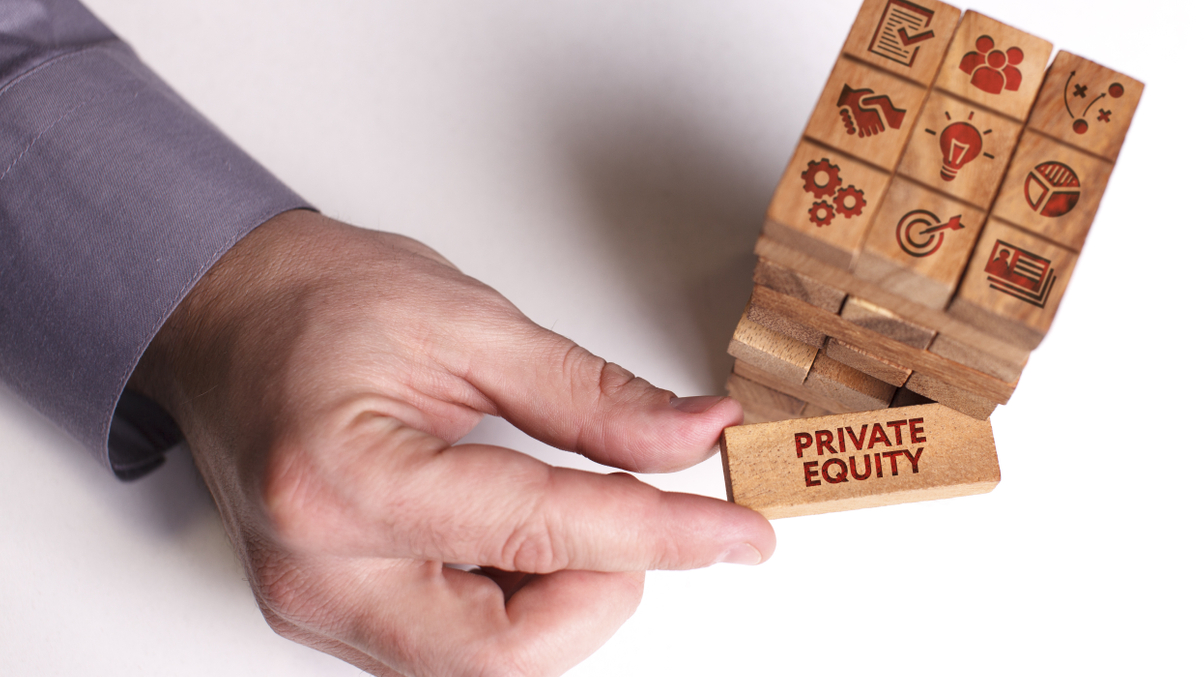Korean asset owners show less appetite for private equity during market turmoil
The South Korean market highlights an ongoing dilemma for asset owners’ appetite for private equity investments.

Asia Pacific (Apac) private equity firms are seeing less capital from asset owners due to the recent turmoil in markets worldwide — and South Korea is indicative of this trend.
Sign In to Your Account
Access Exclusive AsianInvestor Content!
Please sign in to your subscription to unlock full access to our premium AI resources.
Free Registration & 7-Day Trial
Register now to enjoy a 7-day free trial—no registration fees required. Click the link to get started.
Note: This free trial is a one-time offer.
¬ Haymarket Media Limited. All rights reserved.


